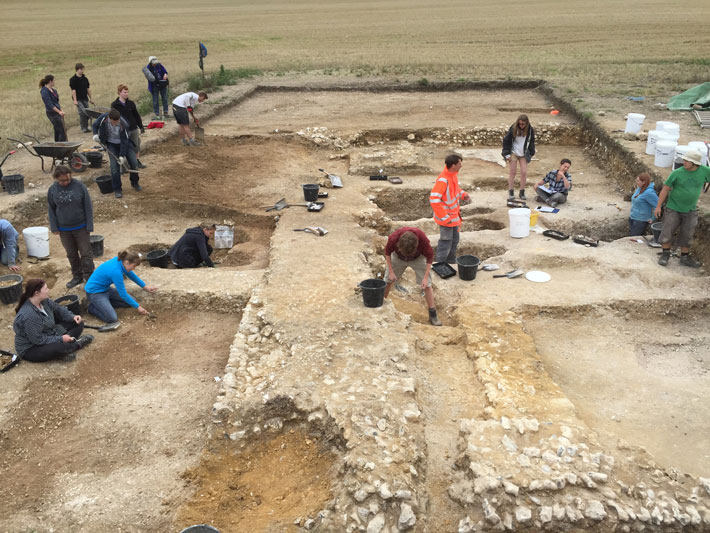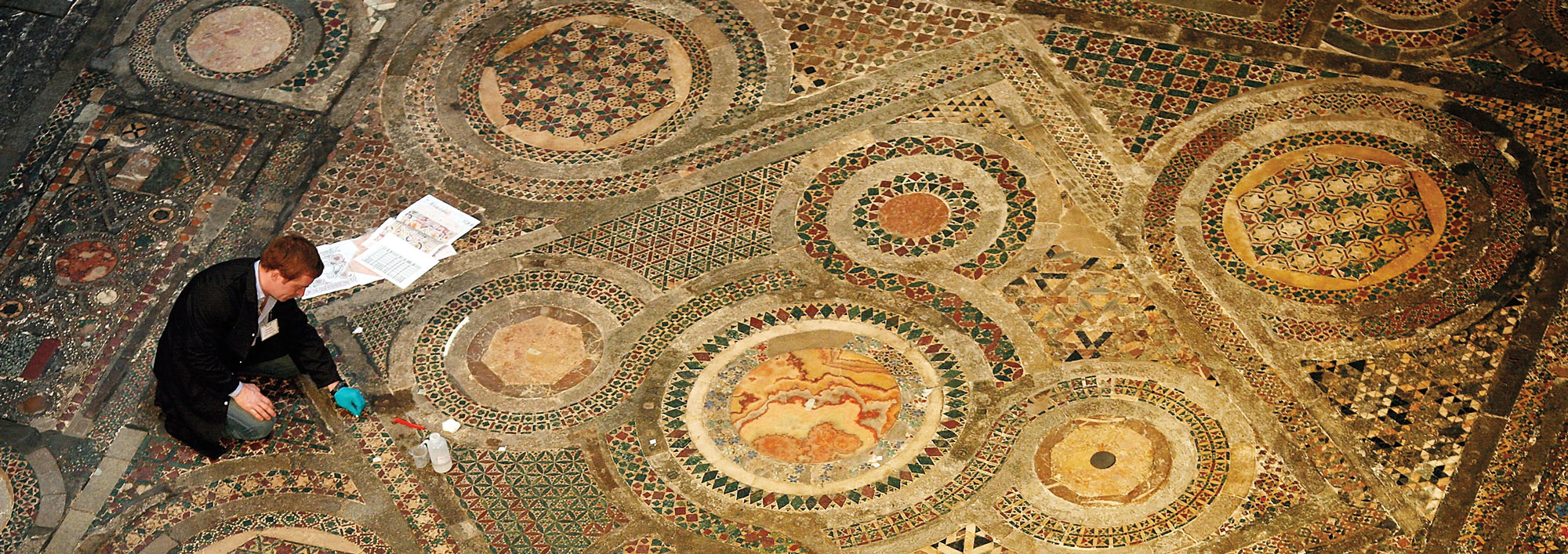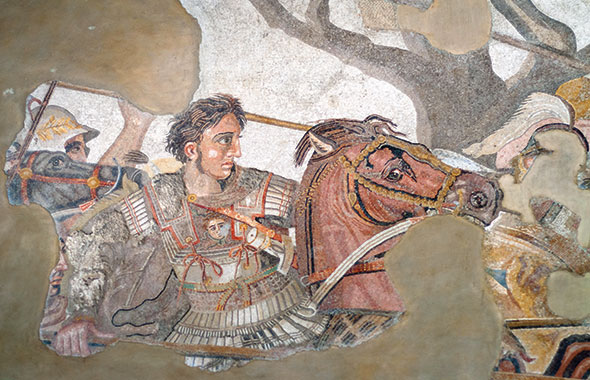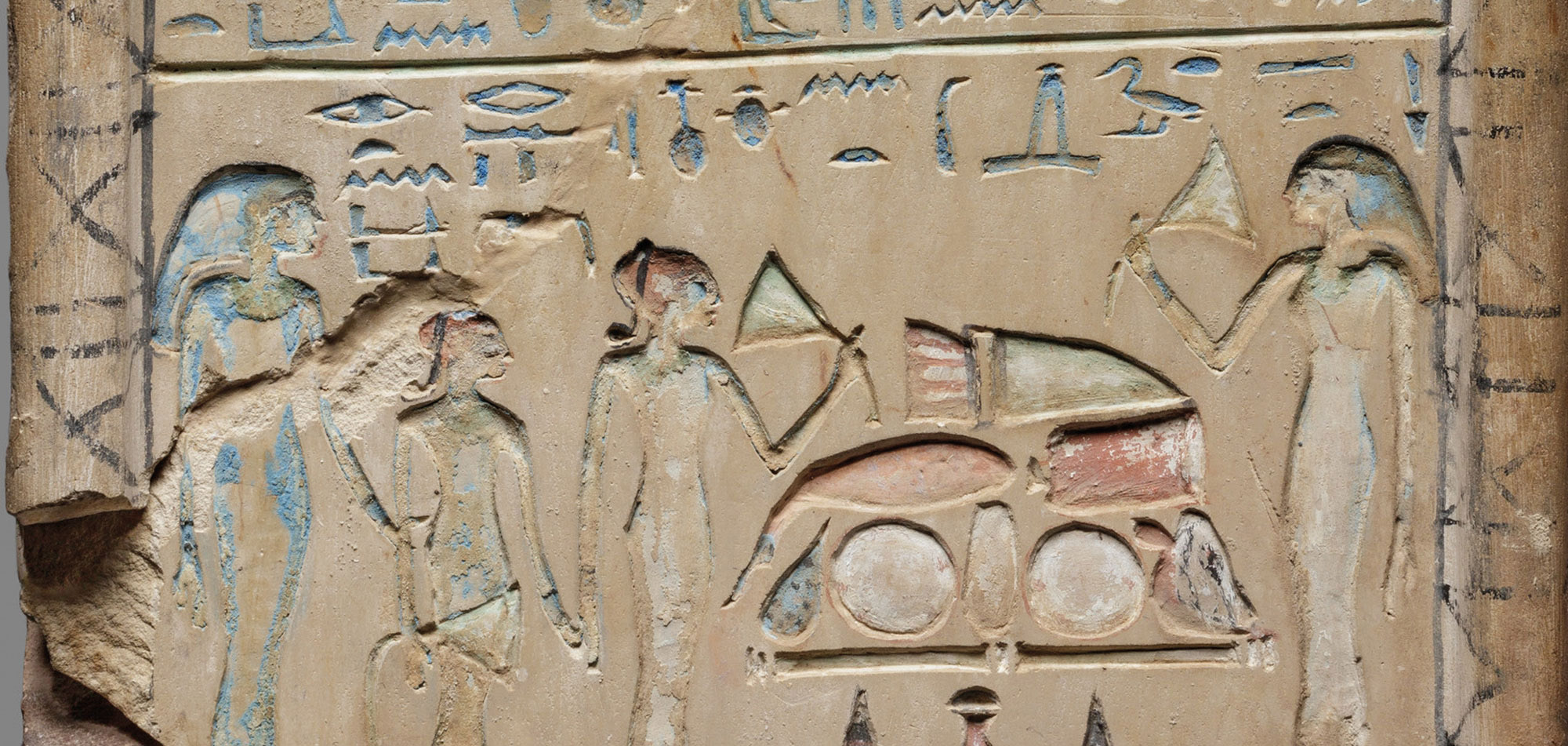
BASEL, SWITZERLAND—IFL Science reports that England’s red squirrels (Sciurus vulgaris) may have spread leprosy to people during the medieval period, when the squirrels were plentiful and sometimes kept as pets or processed for their pelts. Verena Schuenemann of the University of Basel, Sarah Inskip of the University of Leicester, and their colleagues analyzed the genomes of the bacteria Mycobacterium leprae taken from 25 humans and 12 red squirrels found at a leprosarium, or lepers’ hospital, in southern England’s city of Winchester. During the medieval period, the city of Winchester was connected to the fur trade. The researchers determined that all of the bacteria samples belonged to the same branch of the M. leprae family tree, noting that the strain taken from medieval squirrels was more closely related to that found in medieval humans from Winchester than strains of the bacteria found in England’s modern red squirrels. “Overall, our results point to an independent circulation of M. leprae strains between humans and red squirrels during the medieval period,” Schuenemann said. Understanding the role of animals in the transmission and spread of leprosy in humans could help researchers control the disease today, she added. Read the original scholarly article about this research in Current Biology. To read about what researchers can learn about diseases of the past using DNA testing and proteomics, go to "Diagnosis of Ancient Illness."










